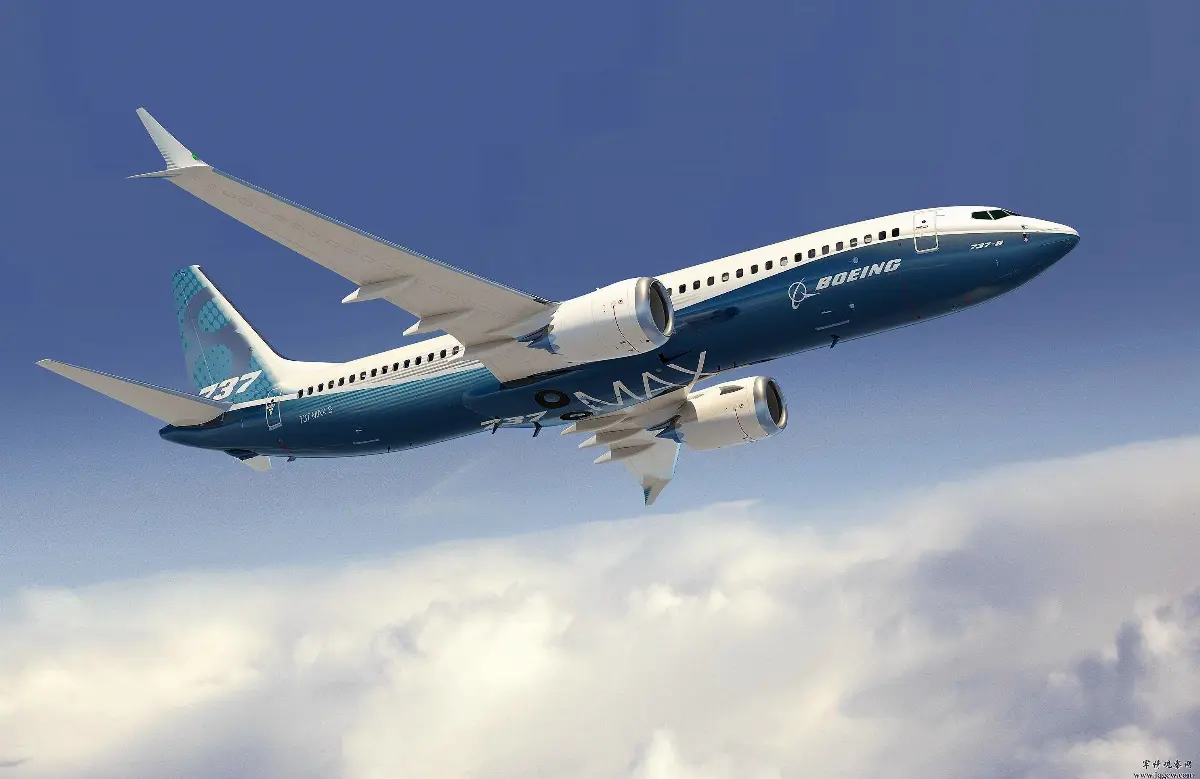
Ntsb issues urgent safety recommendations on B-737 rudder system
It could jam or become restricted on some NG and MAX airplanes

The National Transportation Safety Board Thursday issued urgent safety recommendations to The Boeing Company and the Federal Aviation Administration in response to the potential for a jammed or restricted rudder control system on some 737 airplanes.
The NTSB is investigating a Feb. 6, 2024, incident in which the rudder pedals on a United Airlines Boeing 737-8, a MAX variant, were “stuck” in their neutral position during the landing rollout at Newark Liberty International Airport, Newark, New Jersey. The captain used the nosewheel steering tiller to control the airplane’s direction after touching down. There was no damage to the airplane or injuries to the 155 passengers and six crewmembers. A preliminary report detailing the circumstances of the event was published on March 12.
NTSB investigators tested one of the rudder control components from the incident airplane, a rollout guidance actuator, at the component’s manufacturer, Collins Aerospace. When the incident actuator and an identical unit from another airplane were tested in a cold environment, the actuators’ function was significantly compromised.
Investigators found evidence of moisture in both actuators, which failed testing. Collins Aerospace subsequently determined that a sealed bearing was incorrectly assembled during production of the actuators, leaving the unsealed side more susceptible to moisture that can freeze and limit rudder system movement.
Collins notified Boeing that more than 353 actuators that Collins had delivered to Boeing since February 2017 were affected by this condition.
The rudder rollout guidance actuator, which is installed in the tail of some B-737NG and 737MAX airplanes, is designed to control the rudder’s movement during category IIIB approach, landing and rollout operations. Although it is not used in non-precision landings, the actuator remains mechanically engaged with the rudder system.
Boeing’s 737 flight manual instructs pilots confronted with a jammed or restricted rudder to “overpower the jammed or restricted system [using] maximum force, including a combined effort of both pilots". The NTSB expressed concern that this amount of force applied during landing or rollout could result in a large input to the rudder pedals and a sudden, large, and undesired rudder deflection that could unintentionally cause loss of control or departure from a runway.
The NTSB has recommended that Boeing “determine appropriate flight crew responses besides applying maximum pedal force” for such situations in flight or during landing. The NTSB also recommended that Boeing notify flight crews operating 737s with affected actuators that the rudder control system can jam due to moisture that has accumulated inside the actuators and frozen.
Additionally, the NTSB recommended that the FAA determine if actuators with incorrectly assembled bearings should be removed from airplanes, and if so, to direct US operators to do so until replacements are available.
The NTSB also recommended that, if the FAA determines the affected actuators should be removed, notify aviation regulators in other countries that oversee operators of B-737 airplanes and encourage them to require removal of the affected actuators until replacements are available.
AVIONEWS - World Aeronautical Press Agency